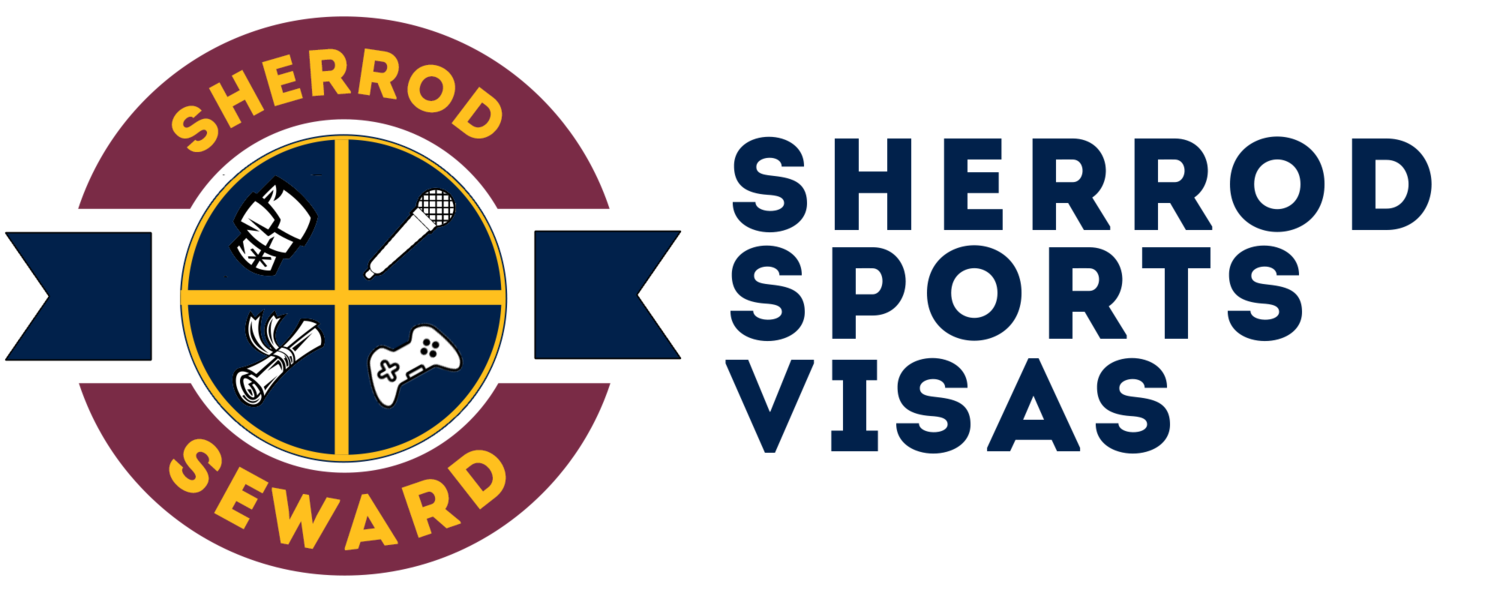P-1 Visas for MMA Fighters seeking to compete in Dana White’s Contender Series
Sherrod Sports Visas is proud to represent many current and former UFC fighters that have competed in Dana White’s Contender series. In general, fighters with P-1 visa approvals, consular processing, and the Ultimate Fighting Championship included on their itineraries have an advantage over other athletes to get picked.
Our law firm is familiar with both the process of the global mobility team at the Zuffa LLC d/b/a Ultimate Fighting Championships and Dana White’s Contender Series and the mindset of the matchmakers, Sean Shelby and Mick Maynard.
The roster spots for the contender series fill up quickly and also are subject to a lot of short notice opportunities as fighters get injured or get called up to active UFC roster.
Our law firm helped combat sports athletes obtain P-1 and O-1 visas on almost every season of the contender series. Typically, the UFC will obtain P-1 visas for fighters that last one month to cover the event. We obtain visas for three years. In addition, the UFC may obtain a visa that runs concurrently with the visa we procure so the athlete can have the full-validity time of the three-year visa we obtain on the fighter's behalf.
We encourage athletes to apply now under regular processing to save money while USCIS adjudicates the visa petition. We offer limited payment plan options in certain circumstances.
Here are examples of coverage on these contender series approvals
Obtain P-1 and O-1 Visas as an unsigned Fighter in MMA and Boxing; UFC, Bellator, PFL, Top Rank, Premier Boxing Championship, Matchroom &; More
Sherrod Sports Visas specialize in obtaining visas for fighters that are currently not signed to an exclusive promotional agreement with combat sports promotions. This has several advantages to pursuing a visa that is placed through an agent rather than direct with promoters
Fighters can compete with multiple promotions using the same visa approval
Fighters do not have visas canceled if they are cut from a particular promoter
Fighters are not pressured to compete in order to secure travel authorization to the United States
Fighters can build staff and extended family visas under P-1S and O-2 petitions
We have pushed the envelope on obtaining visas for unsigned fighters by winning federal litigation with USCIS that confirms that this structure is appropriate.
We also circulated a survey to combat sports industry leaders around the world to provide a list of dozens of confirmations of combat sports industry norms to USCIS. The survey is intended to educate them about visas for unsigned athletes and achieve consistent adjudications.
The details of the lawsuit we filed, examples of horrible requests for evidence, and the standard we want USCIS to acknowledge.
The standards are as follows:
Bout Agreements are a formality of already agreed to competitions that commonly happen after everything, including visa work, is already completed. It is impossible to provide bout agreements for more than one fight at a time.
Promoter licensing is often a formality of already agreed to competitions between athletes, promoters & venues that are completed at the end of the process of promoting an event.
It is industry standard for fighters to be tasked with obtaining their visas and for visa status to be confirmed before getting a bout agreement signed. Thus, the fighter would have to use projected itineraries to obtain the visas to get the bout agreement signed.
It is industry standard for the athlete, primarily agent-directed athletes, to use the projected schedules of promotions (using the previous year’s schedule as predicting the current schedule).
The combat sports promotions not only have no issue with fighters using their projected schedule to obtain P-1 visas, but the industry depends on fighters receiving these P-1 visas with the promoters’ contemplated in the itinerary. Hence, they have the proper authorization to compete in the bouts.
It is impossible to know the exact dates and locations of fighters to compete in combat sports. This is industry standard because this is a fast-moving sport with constant changes. It is industry standard to base the upcoming schedule based on the events from the previous year.
In general, fighters ranked at least 650th in the world and have proper work authorization are always highly coveted to fill fight cards. Domestic fighters suffer if there is not a ready pool of talent to compete against to raise their own rankings.
In amateur combat sports, the final standings of world championship competitions equate to the international rankings in the sport.
Agent-directed athletes choose the best opportunity at the time to compete. So, they could, and should, have multiple options on the table of where to compete so that the best matchup, compensation, and leverage can be utilized at THAT POINT in time. There is no requirement for athletes to compete in every single event listed on their itineraries. This is the industry standard for agent-directed athletes to have multiple options on their itinerary so that the agent can direct them to compete in the best opportunity on any given day. Thus, they may have multiple events with the exact dates listed on their competition schedules.
SUCCESS STORIES















